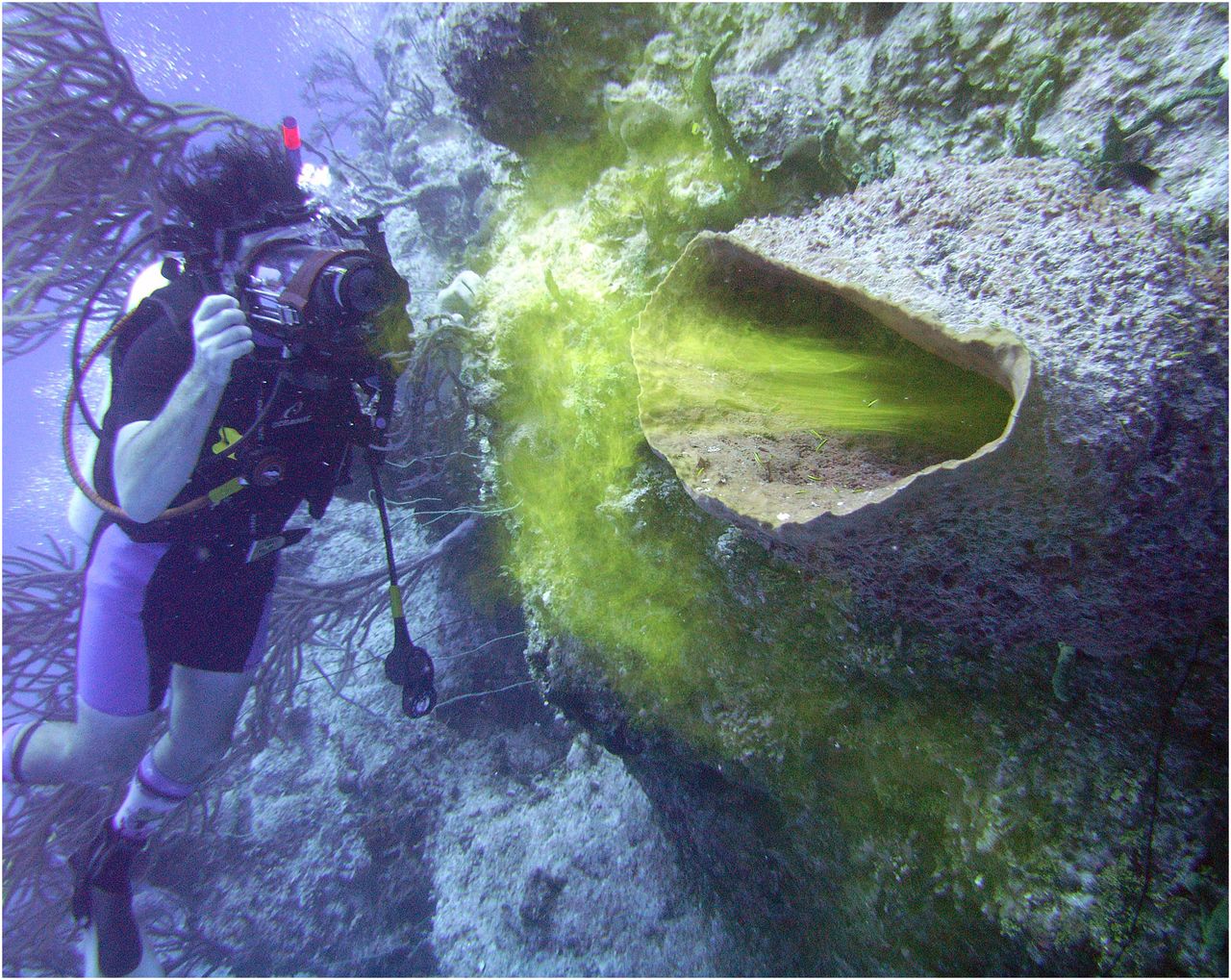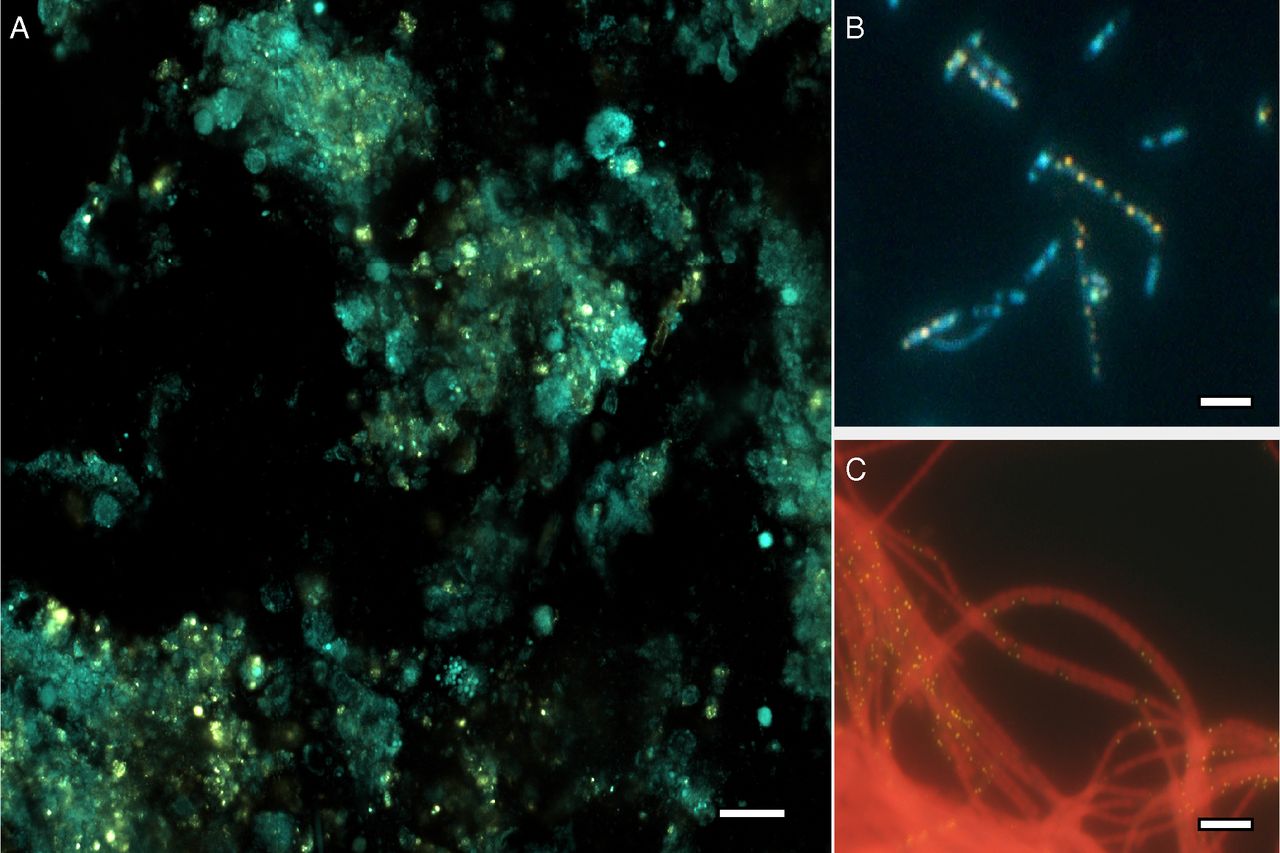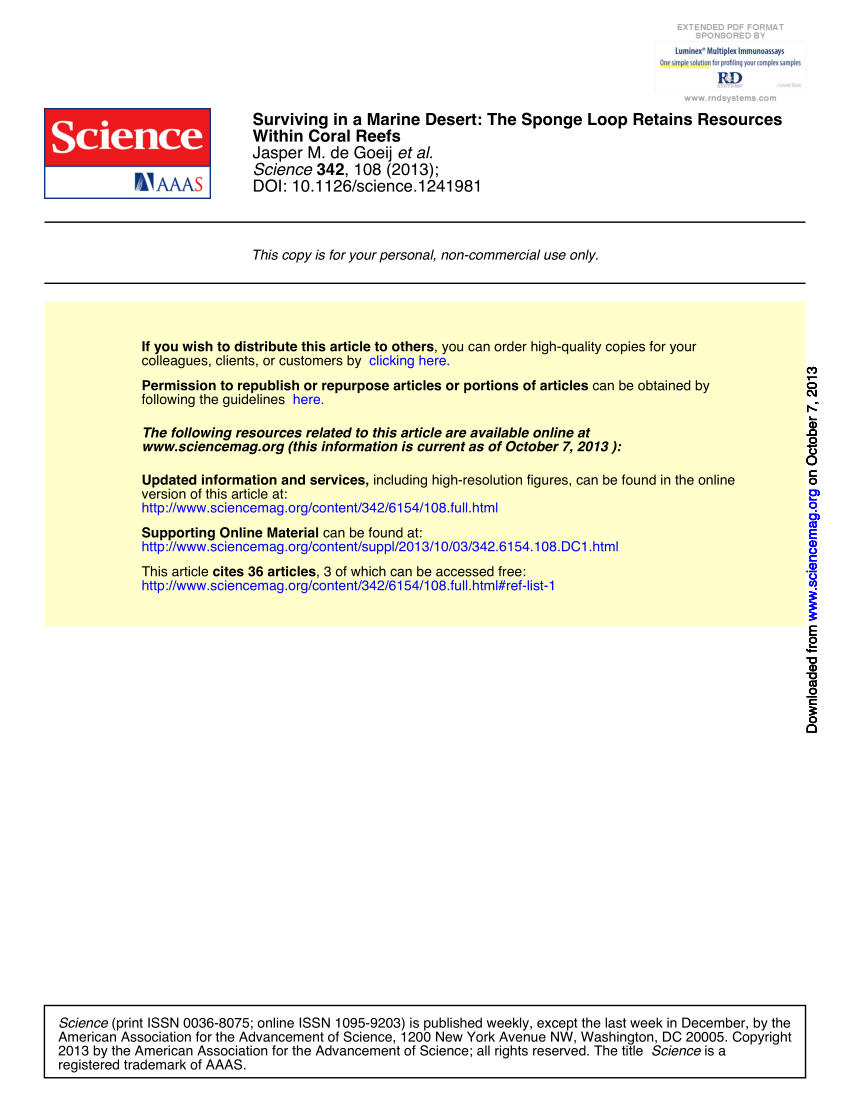Navigation
Install the app
How to install the app on iOS
Follow along with the video below to see how to install our site as a web app on your home screen.
Note: This feature may not be available in some browsers.
More options
You are using an out of date browser. It may not display this or other websites correctly.
You should upgrade or use an alternative browser.
You should upgrade or use an alternative browser.
What's wrong with my coral?
- Thread starter SomeReefGuy
- Start date
- Tagged users None
Looks like eggs of some type. Can you scrape them off?
I tried, I don't think it came off. What kind of eggs?Looks like eggs of some type. Can you scrape them off?
The toadstool is closed, that's why it looks odd. The other thing I'm not sure about and asking for help is that black thing that looks like a blobKinda hard to tell what’s the toadstool and what’s the unidentified thing.
Is it a sponge?
I'd guess sponge also. Like @JGT suggested, it might be easier to identify if it's in water and the toadstool is open.
vetteguy53081
Well known Member and monster tank lover
View Badges
Partner Member 2024
Excellence Award
Reef Tank 365
RGB
Article Contributor
Tampa Bay Reef Keepers
West Palm Beach Reefer
Hospitality Award
Ocala Reef Club Member
305 Reef Club
Wisco Reefers
Midwest Reefer
Fish Medic
MAC of SW Florida
Rock Pool Reef Keepers
R2R Secret Santa 2023
My Tank Thread
My Aquarium Showcase
Best submersed for photo but not eggs, Sponge as suggested, or even valonia which is a form of minute bubble algae
Thanks, it was very hard to ID in water even I had to take a closer look.Might be easier to ID with it in the water.
Thanks, is this harmful? It's a bit difficult to ID in the water because it's not clear. But the toadstool opens and it looks identical when it's out.I'd guess sponge also. Like @JGT suggested, it might be easier to identify if it's in water and the toadstool is open.
Am I screwed? Most sources seem like sponges spread and not goodBest submersed for photo but not eggs, Sponge as suggested, or even valonia which is a form of minute bubble algae
vetteguy53081
Well known Member and monster tank lover
View Badges
Partner Member 2024
Excellence Award
Reef Tank 365
RGB
Article Contributor
Tampa Bay Reef Keepers
West Palm Beach Reefer
Hospitality Award
Ocala Reef Club Member
305 Reef Club
Wisco Reefers
Midwest Reefer
Fish Medic
MAC of SW Florida
Rock Pool Reef Keepers
R2R Secret Santa 2023
My Tank Thread
My Aquarium Showcase
Generally they don’t spread quickly, yet can become invasive.Am I screwed? Most sources seem like sponges spread and not good
Exposing sponge to air will stop most. Using a syringe, you can inject air or vinegar into the sponge and it’s done
Thanks, is this harmful? It's a bit difficult to ID in the water because it's not clear. But the toadstool opens and it looks identical when it's out.
There is a black cyanobacterio sponge that can be a problem because it will overgrow corals. I've only seen it once in over 3 decades of reef keeping though. "Chicken liver" sponge is is beneficial and will appear black when growing in light and may appear grey when in transition zones. The differences bewteen them is the the chicken liver will appear puffy while the cyanobacterio sponge conforms to the coral it's growing over.
There are a large variety os sponges that will thrive in reef system and many of them are critical for the long term health of reef systems as they remove labile Dissolved Organic Carbon (DOC) about 1000X time faster than the bacterioplankton which might be removed by skimming. These sponges will also remove the hydrophilic portion of DOC that skimmers can't remove. Don't expect air to work for killing it. The sponges that thrive in reef systems will tolerate not only hours out of water but days as well when shipped on maricultured live rock. Vinegar or H2O2 may kill most of a small sponge colony but keep in mind sponges only need a few cells to survive to regrow. A picture under water when everything is open will help identify what's on it. The picture in the OP shows what could be a sponge or maybe two different kinds as the 2 whitish blobs on the left side could be sponges also and the black could just be a piece of rock if it didn't scrape off or if it looks identical as a sponge should inflate some.
Here's some links on sponges and DOC and microbial stuff if you might find informative:
Element cycling on tropical coral reefs.
This is Jasper de Geoij's ground breaking research on reef sponges. (The introduction is in Dutch but the content is in English.)
Sponge symbionts and the marine P cycle

Sponge symbionts and the marine P cycle
Marine sponges are ubiquitous colonizers of shallow, clear-water environments in the oceans (1, 2). Sponges have emerged as significant mediators of biogeochemical fluxes in coastal zones by virtue of respiring organic matter and facilitating both the consumption and release of nutrients (3, 4)...
Phosphorus sequestration in the form of polyphosphate by microbial symbionts in marine sponges

Phosphorus sequestration in the form of polyphosphate by microbial symbionts in marine sponges
Coral reefs are highly productive ecosystems that raise a conundrum called “Darwin’s paradox”: How can high production flourish in low-nutrient conditions? We show here that in three abundant Caribbean sponges, the granules that have been commonly observed in sponge tissue for decades are...
Differential recycling of coral and algal dissolved organic matter via the sponge loop.
Sponges treat DOC from algae differently than DOC from corals
Error - Cookies Turned Off
Surviving in a Marine Desert The Sponge Loop Retains Resources Within Coral Reefs
Dissolved organic carbon and nitrogen are quickly processed by sponges and released back into the reef food web in hours as carbon and nitrogen rich detritus.

(PDF) 2013 deGoeij Science Sponge loop
PDF | On Jun 23, 2015, Jasper M de Goeij and others published 2013 deGoeij Science Sponge loop | Find, read and cite all the research you need on ResearchGate
Natural Diet of Coral-Excavating Sponges Consists Mainly of Dissolved Organic Carbon (DOC)

Natural Diet of Coral-Excavating Sponges Consists Mainly of Dissolved Organic Carbon (DOC)
Coral-excavating sponges are the most important bioeroders on Caribbean reefs and increase in abundance throughout the region. This increase is commonly attributed to a concomitant increase in food availability due to eutrophication and pollution. We ...
The Role of Marine Sponges in Carbon and Nitrogen Cycles of COral Reefs and Nearshore Environments.
The role of marine sponges in carbon and nitrogen cycles of coral reef and nearshore environments - ProQuest
Explore millions of resources from scholarly journals, books, newspapers, videos and more, on the ProQuest Platform.
BActeria and Sponges
"Coral Reefs in the Microbial Seas" This video compliments Rohwer's book of the same title, both deal with the conflicting roles of the different types of DOC in reef ecosystems. While there is overlap bewteen his book and the video both have information not covered by the other and together give a broader view of the complex relationships found in reef ecosystems
Changing Seas - Mysterious Microbes
Nitrogen cycling in hte coral holobiont
Maintenance of Coral Reef Health (refferences at the end)
Optical Feedback Loop in Colorful Coral Bleaching
Richard Ross What's up with phosphate"
Similar threads
- Replies
- 7
- Views
- 122
New Posts
-
-
-
-
AIO Build steveschuergers 90 gallon Goni heavy mixed reef.
- Latest: Reefing_addiction














